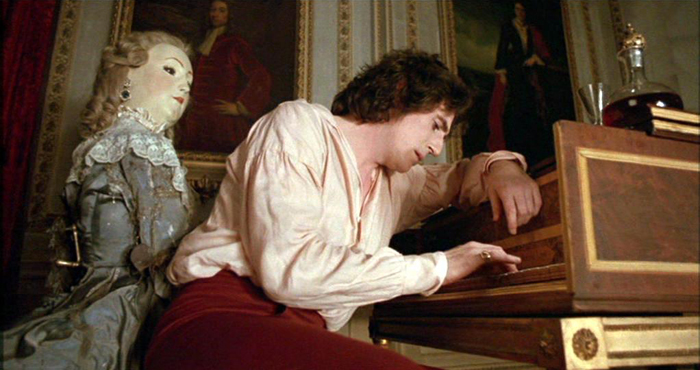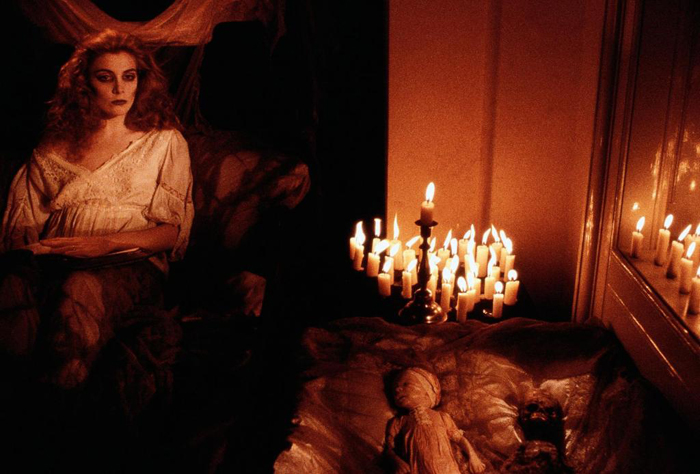Not all horror films need to have much blood or a body count to get the blood stirring. Sometimes a horror film can be as simple as telling the story of a group of poets and novelists from the 1800’s who get together for a relaxing weekend. Introducing, Gothic.
The plot of Gothic is based on historical events, which can make us look at the Romantic era more awkwardly than have fear of it. The film is a fictionalized depiction of Mary and Percy Shelley visiting Lord Byron at an estate off Lake Geneva, where they and John Polidari had a writing competition of sorts which led to Mary Shelley writing Frankenstein and Polidori writing “The Vampyre.”
But this isn’t the writers’ workshop that met up in the back area of your college’s coffee shop every last Friday of the month; at least, what the public saw of that writers’ workshop. In Gothic, Lord Byron (Gabriel Byrne), Percy Shelley (Julian Sands), Mary “soon to be” Shelley (Natasha Richardson), her step-sister Claire (Myriam Cyr), and Dr. Polidari (Timothy Spall) let loose for a night of sex, drugs, and… horror stories, with a séance thrown in. Sounds ridiculously fantastic? Oh, it is.

The theme of Gothic is based on horror, but this isn’t your normal slasher flick where the plot follows a linear, “whodunnit” path. It’s not the first film to do this, or even the best. Stylistically, Dario Argento’s Suspiria comes to mind as a possible influence. The horror in Gothic occurs within the minds of the characters, and how they let loose these thoughts upon each other and themselves when drugs and alcohol destroy our filters. The movie begins the carousel of psychotic horror two minutes in, and doesn’t stop until minutes before the end.

Most acutely, Gothic is the story of a really bad trip Mary Shelley had that lead to the writing of Frankenstein. But at the same time, this “bad trip” foretells the future to Mary, so we can’t be so dismissive.

